Announcing the General Availability of LogDNA Screens
LogDNA is now Mezmo but the product you know and love is here to stay.

LogDNA is known and loved by developers for our lightning-fast live tail and search. With some users ingesting over a petabyte of data per day, our users want to be able to visualize data and put it to use. You told us what analytics you value most and we've taken the first step to provide you the data visualization, announcing the LogDNA Screens and Graphs.
Interactive Graphs
The first is having highly interactive graphs. Graphs allow you to analyze patterns and trends by navigating through your data over a period of time. Some useful characteristics of these types of graphs include:
- high level of precision
- multiple cursors for comparative analysis
- refinement of data on-demand
- ability to pivot to alternative views of the same data
Real-time Dashboards
The second is having real-time dashboards. Dashboards are used to report on the current state of something so that you can see a snapshot of how things are doing in real time. Dashboard characteristics that are important to our users include:
- high-level overview
- at-a-glance consumption of the data
- predetermined set of metrics
Features of LogDNA Screens
We've already tackled the first by allowing you to see dynamic graphs of your logs within the LogDNA platform. Today, we're excited to announce the general availability of Screens, LogDNA's real-time dashboard interface.
First and foremost, our approach to dashboarding is centered around the characteristics stated above. It is meant to be projected on a TV or monitor where there is little to no interactivity. This now allows us to offer charting options to our existing analytics solution. The first features available on Screens are Counters, Gauges, Tables, and Time-Shifted Graphs. We're working on creating more graph types and can't wait to share them with you. Please let us know if there are specific charts that you would like us to prioritize by emailing support@logdna.com.
We designed Screens to help you better understand your logs. There are many applications for this including the examples below.
1. If you host a blog or WordPress site, these features can help you track your efforts to drive traffic to your site. Use time-shifted graphs to help you visualize visitor traffic and its performance versus yesterday or last week.
Time-Shifted Graph:

2. If you run a cluster of Apache web servers you can sift through Apache logs to provide tabular breakdowns of traffic by IP for security monitoring or by response codes to gauge the health state of your cluster.
Tables:

These are just some simple use cases that we've thought of. Let us know how you can gain more insights and value of data visualization with LogDNA Screens and Graphs by sending an email to support@logdna.com.
.jpg)

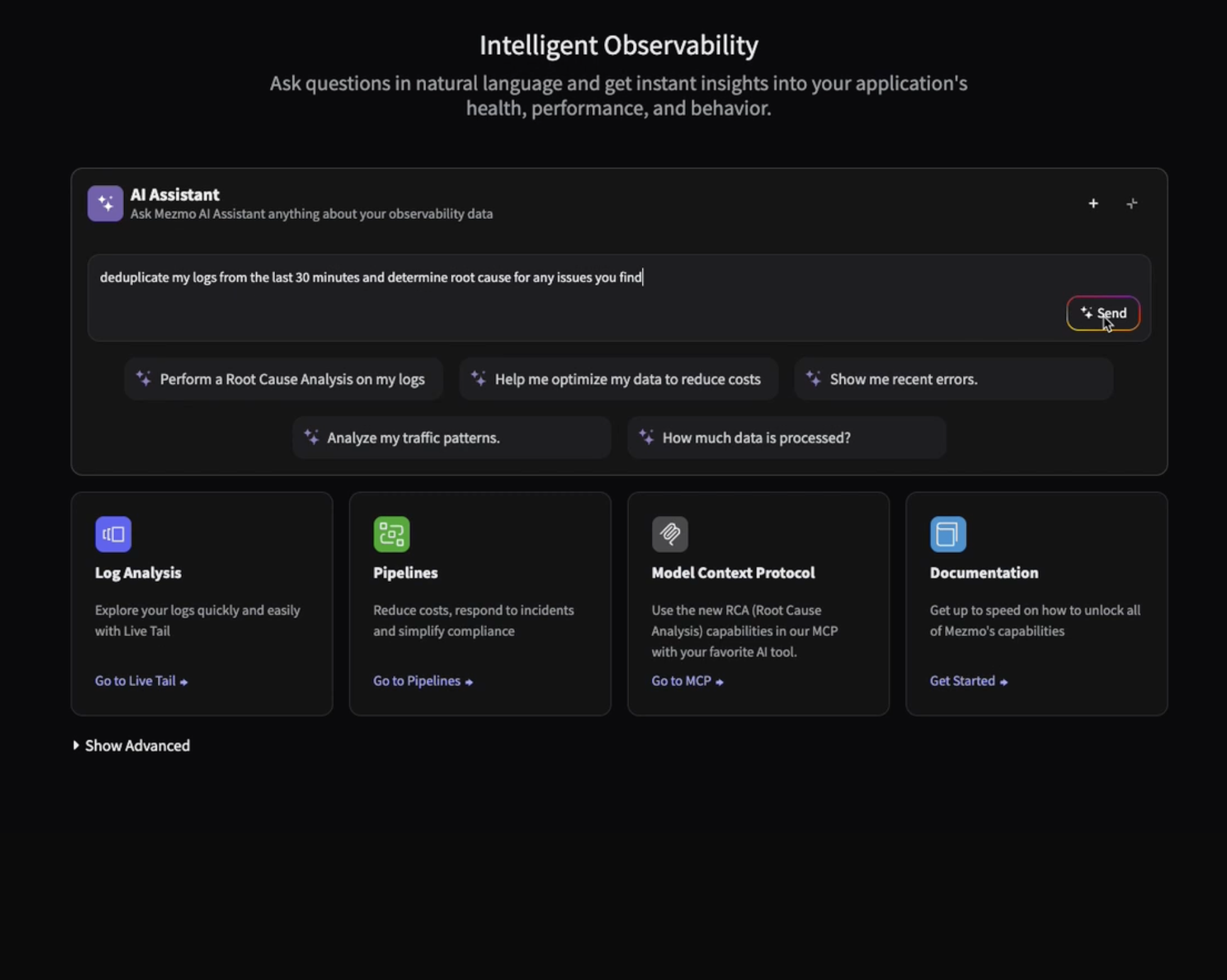
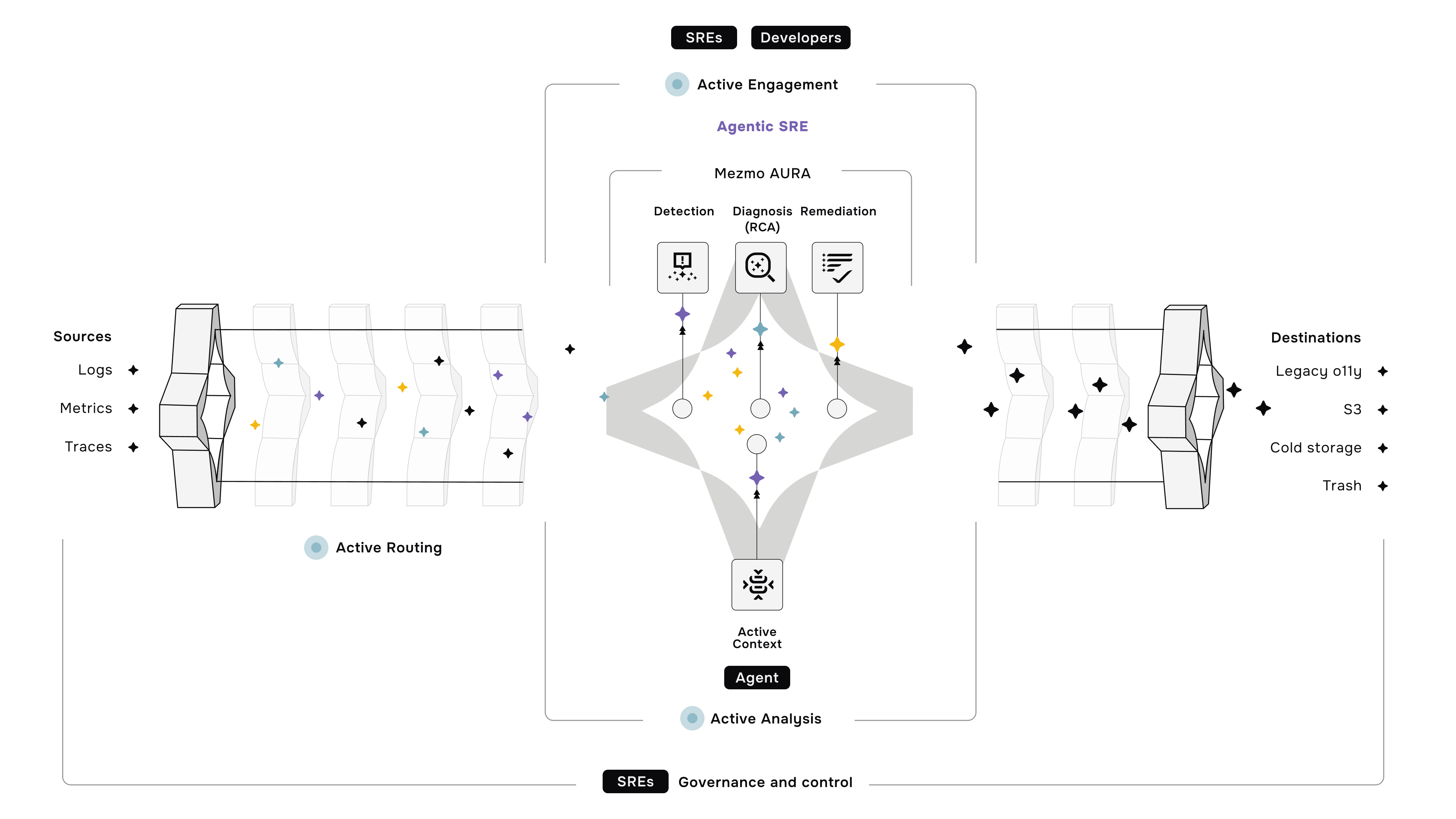

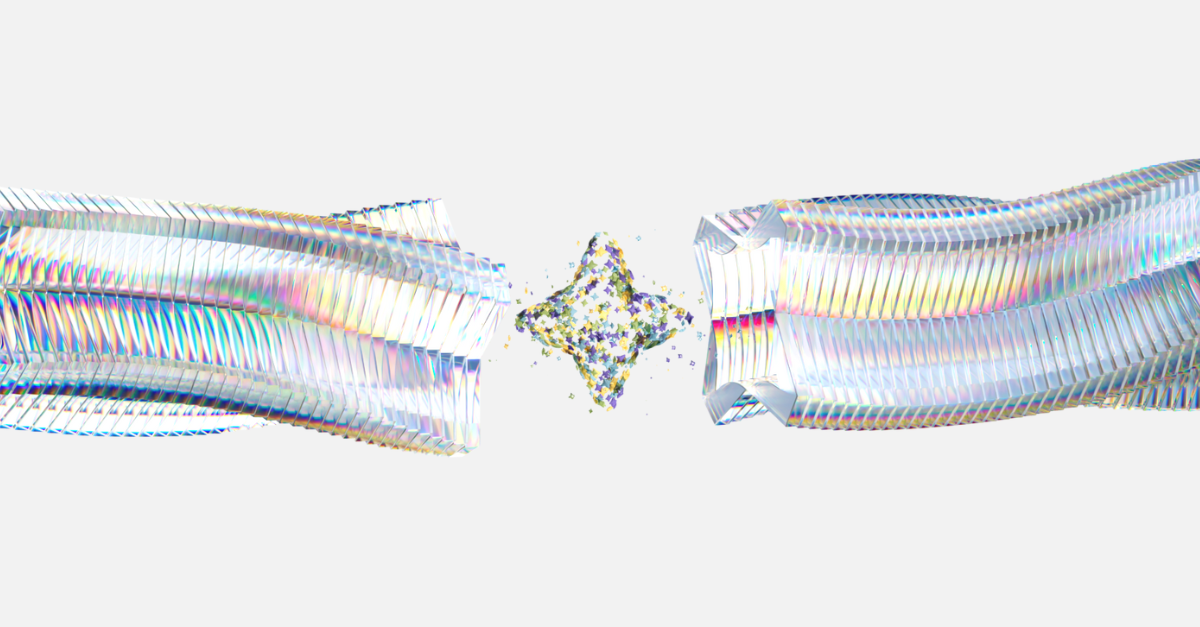




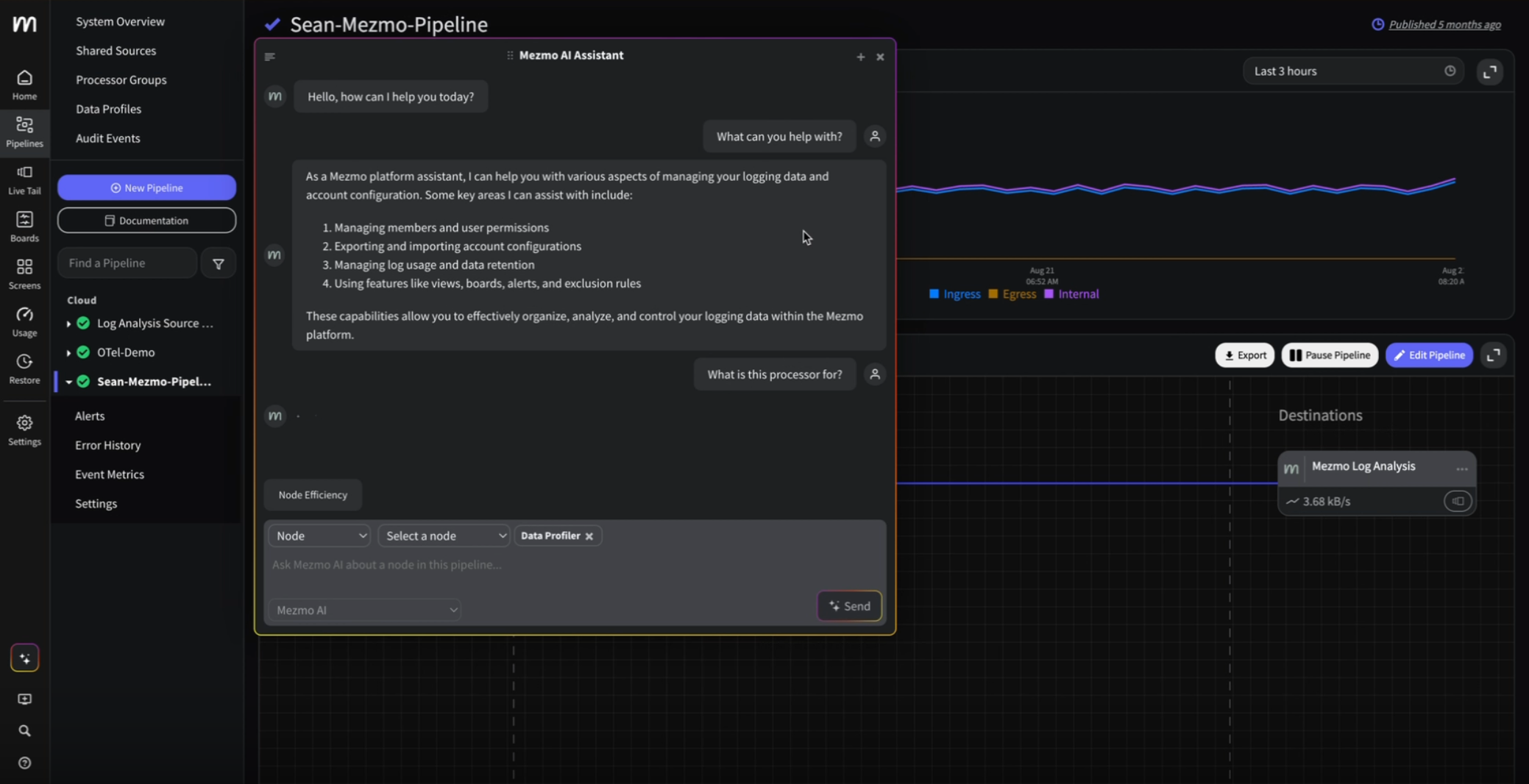
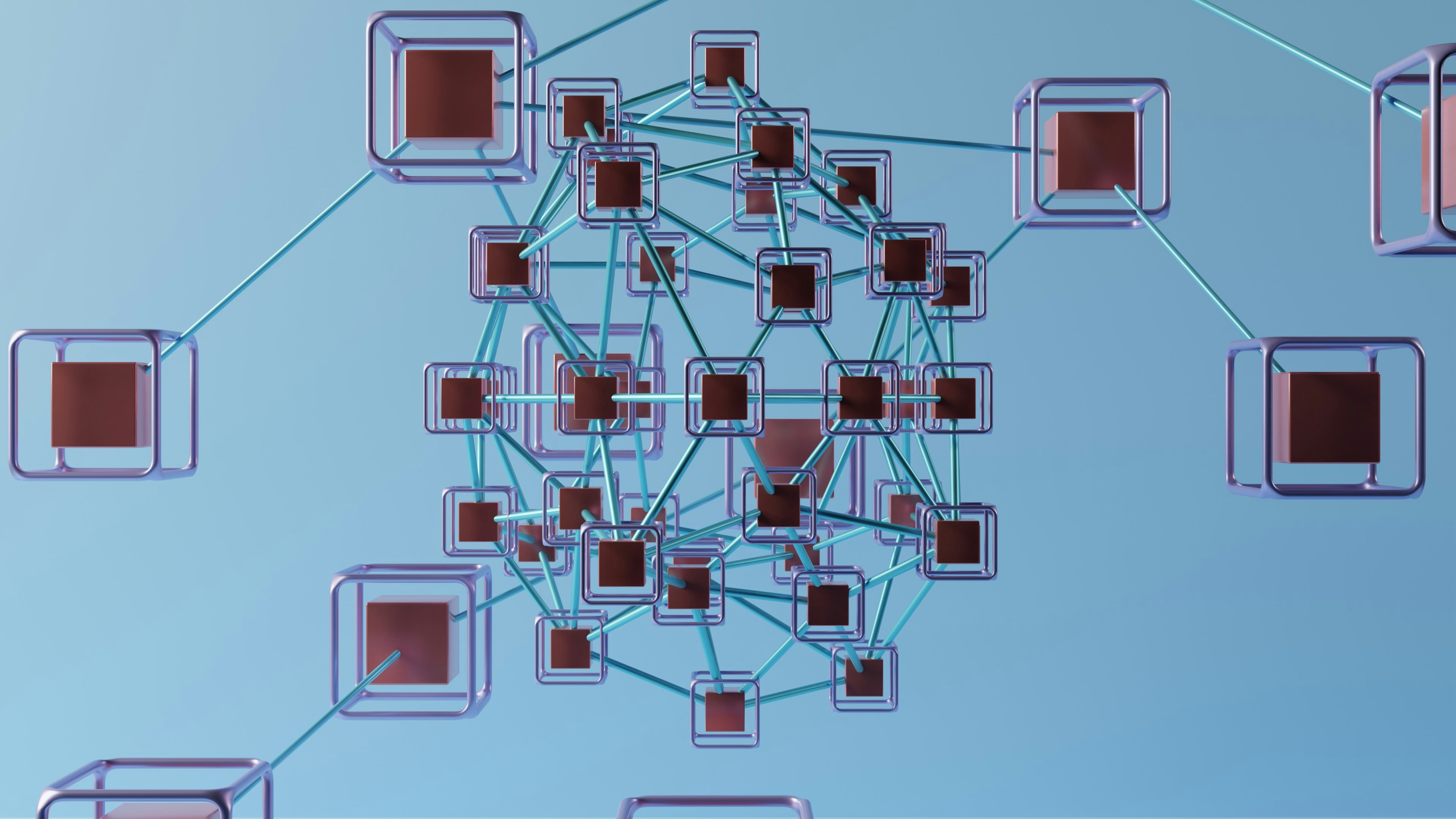

.png)




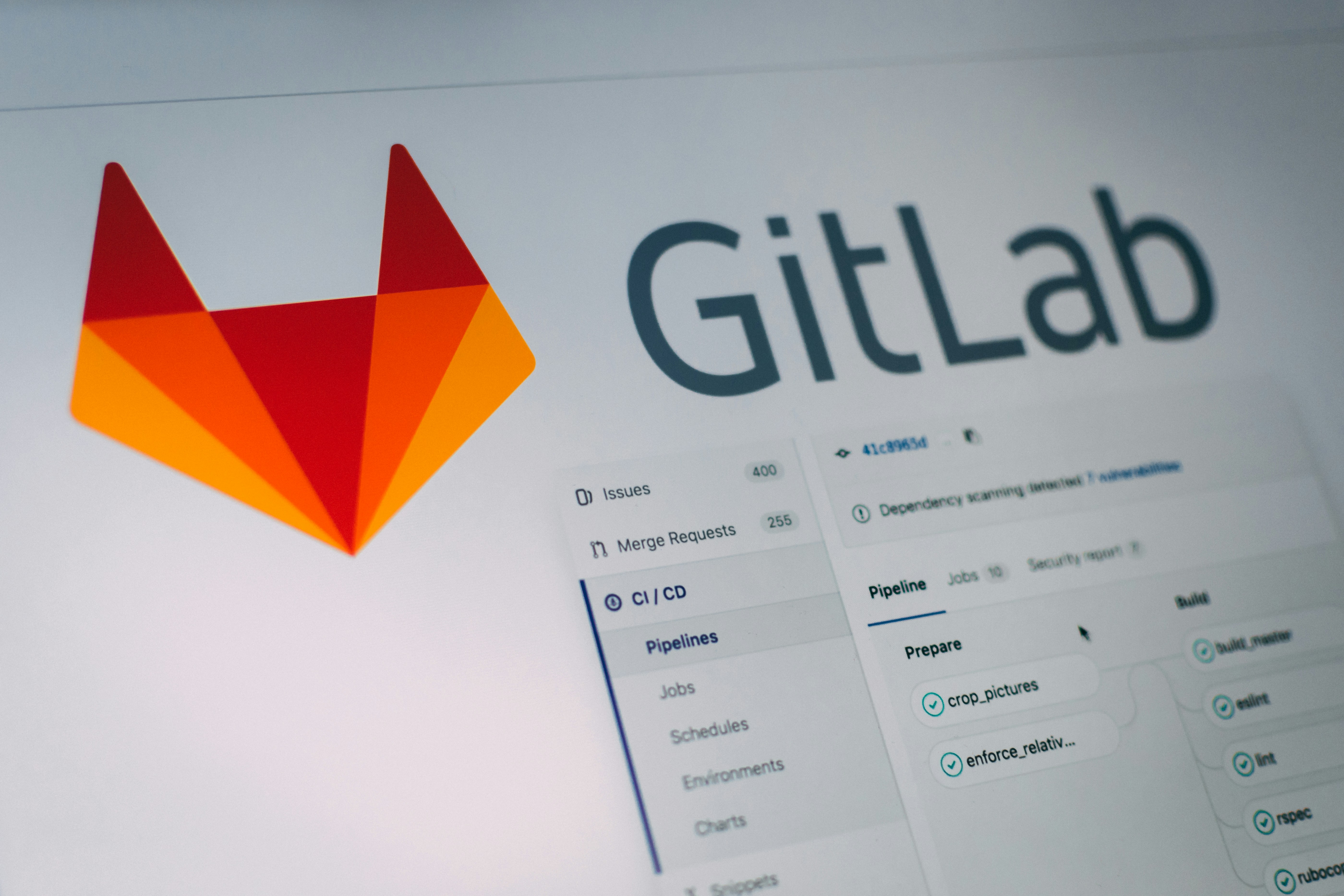
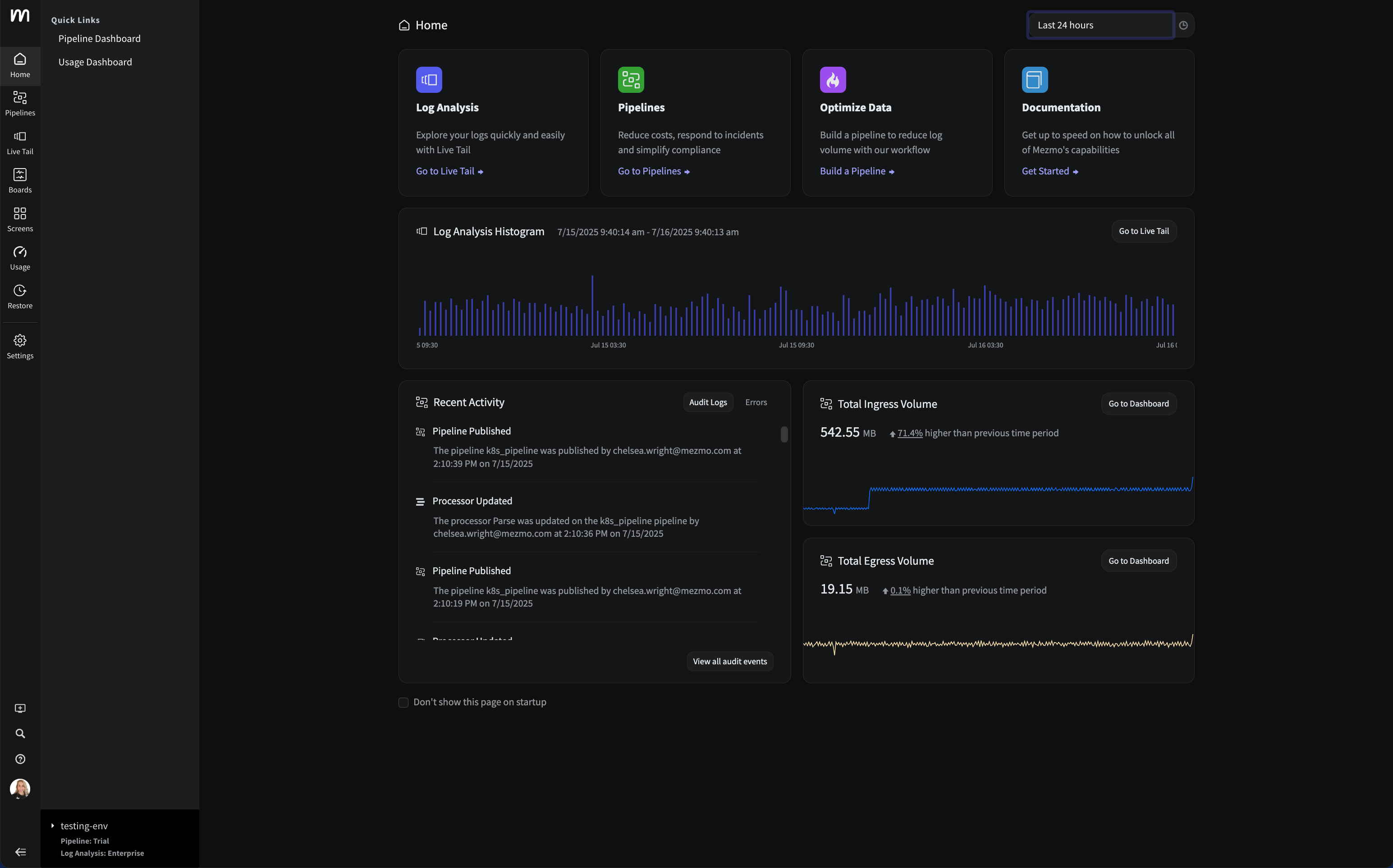


















.png)


































































